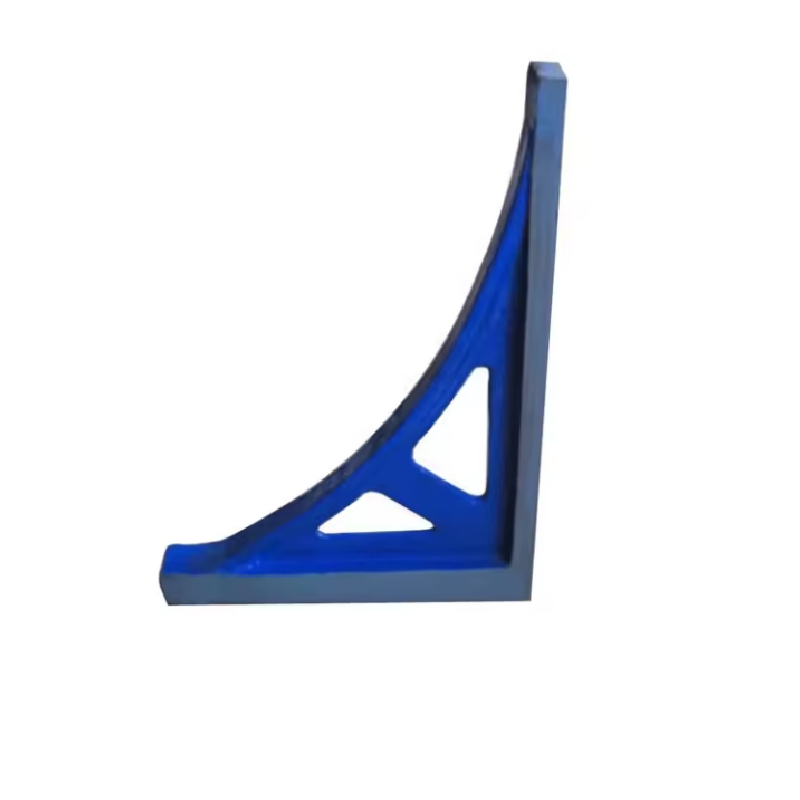Oct . 10, 2024 02:51 Back to list
Replacing Water Shutoff Valves for Improved Plumbing Efficiency and Reliability
Replacing Water Cut-Off Valves A Comprehensive Guide
Water cut-off valves are vital components in plumbing systems, allowing homeowners to control the flow of water to different areas of their property. Over time, these valves may wear out or become faulty, leading to leaks, decreased water pressure, or difficulties in shutting off the water supply during emergencies. Understanding how to replace these valves not only helps in maintaining the plumbing system but also empowers homeowners to take charge of their water management.
Understanding Water Cut-Off Valves
A water cut-off valve is designed to stop the flow of water when needed. It is typically located near fixtures like sinks, toilets, and appliances like washing machines. There are several types of cut-off valves, including ball valves, gate valves, and stop valves, each functioning slightly differently but serving the same essential purpose.
Signs of a Failing Valve
Recognizing the need to replace a water cut-off valve is crucial. Common signs include - Leaking Water pooling around the valve is a clear indicator that it may need replacement. - Difficulty Turning If the valve handle feels stiff or requires excessive force to turn, it may be worn out. - Rust or Corrosion Visible signs of rust can affect the functionality of the valve and indicate a need for replacement.
Tools and Materials Needed
Before starting the replacement process, gather the necessary tools and materials - Pipe wrench or adjustable wrench - Pipe cutter or hacksaw - New cut-off valve (ensure it matches the size of the old one) - Teflon tape or pipe joint compound - Bucket or towel (to catch any water)
Steps for Replacing a Water Cut-Off Valve
replacing water cut off valves

1. Turn Off the Main Water Supply Before making any changes, ensure the main water supply to your home is turned off to prevent flooding.
2. Drain the Faucet Open the faucet connected to the valve to drain any remaining water in the pipes.
3. Remove the Old Valve Using a wrench, carefully loosen the nuts or fittings holding the old valve in place. Be cautious, as water may still be present in the pipes. Once loose, remove the valve completely.
4. Prepare the New Valve Wrap Teflon tape around the threads of the new valve to ensure a watertight seal. This step is essential for preventing leaks.
5. Install the New Valve Attach the new valve to the plumbing, ensuring it aligns with the existing pipes. Tighten the fittings by hand, followed by a wrench to secure them, but avoid overtightening, which could damage the valve.
6. Turn the Water Supply Back On Once the new valve is installed, turn the main water supply back on and check for any leaks around the new valve.
7. Test the Valve Turn the new valve on and off to ensure it functions correctly. Look carefully for any signs of leakage during this process.
Conclusion
Replacing water cut-off valves can be a straightforward DIY task that saves money on plumbing services and ensures your home’s plumbing system functions effectively. By being aware of the signs that indicate a failing valve and following the above steps, homeowners can maintain better control over their water supply and avoid costly repairs in the future. Always remember safety first, and when in doubt, consult a professional plumber for assistance.
-
Precision Manufacturing with Advanced Spline Gauge DesignNewsJul.31,2025
-
Industrial-Grade Calibrated Pin Gauges for Exact MeasurementsNewsJul.31,2025
-
Industrial Filtration Systems Depend on Quality Filter DN50 SolutionsNewsJul.31,2025
-
High-Performance Gate Valve WholesaleNewsJul.31,2025
-
Granite Surface Plate The Ultimate Solution for Precision MeasurementNewsJul.31,2025
-
Granite Industrial Tools The Ultimate Guide for Bulk BuyersNewsJul.31,2025
Related PRODUCTS









